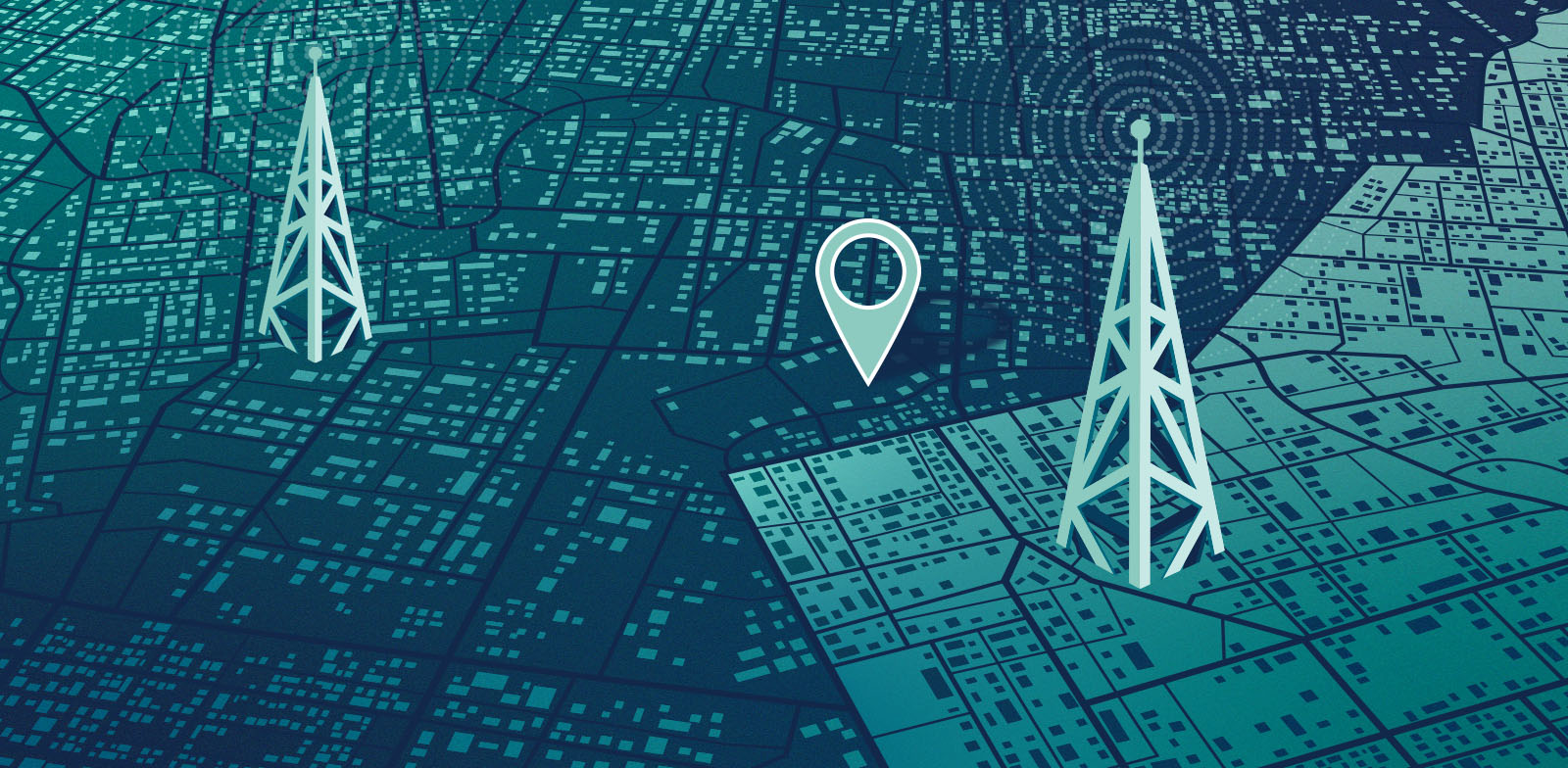New Ground-Breaking Technology Making 911 Calls More Efficient and Effective
In case you missed our exciting, industry-first announcement, Intrado recently collaborated with AT&T to launch location-based routing for wireless...
3 min read
By Intrado
Apr 21, 2020
One of the most pressing technology-related concerns in 911 today is quickly identifying the location of 911 callers. When 911 callers are at home and use a traditional landline to place a call, 911 call takers can automatically receive information about the location of the caller. However, emergencies do not always happen at home. They happen at school, work, and many other places. As a result, many of the calls 911 call takers receive pose location identification challenges.
This is worrisome to Americans. A recent Intrado survey revealed that 84 percent of Americans find it concerning that 911 call takers may have difficulty identifying the location of 911 callers on a school campus, office building or public facility.
84% of Americans find it extremely to moderately concerning that 911 call takers may have difficulty identifying the caller’s precise location when a 911 call is placed from an office building, school campus, or public facility.
Another 12% say this is slightly concerning.
Only 4% of adults in the U.S. do not feel concerned about 911 location issues at work, school, and in other public places.
Here are two obstacles that make locating 911 callers in workplaces, and on school campuses, challenging:
Locating a 911 call made from a cell phone poses a challenge since an address is not immediately transmitted to the emergency communication center. Cell phones are commonly used by students, staff and employees in schools and workplaces across the U.S. People are likely to reach for a cell phone to contact 911 during an emergency. And the 911 call taker answering those calls may not automatically have access to the appropriate address.
Whether an emergency happens on a college campus, in a high-rise office building, or any other enterprise setting, precise location information is critical in order to quickly get help. Determining the exact location of an emergency with Multi-Line Telephone Systems (MLTS) can be challenging since these systems are often tied to a billing address or the organization’s headquarters.
In fact, when a caller dials 911 from their desk phone in an office or a school, it is not uncommon to see the 911 location identified as the building’s front lobby. If a medical emergency, such as a heart attack, is happening in a suite on the 11th floor of an office building, having the location information for the front lobby area is clearly insufficient.
911 call takers need detailed information they can share with first responders to help them locate the correct floor, suite, and even workstation. This is particularly true in cases where there are multiple buildings on a work or school campus.
To help mitigate 911 location issues, the Federal Communications Commission (FCC) recently adopted rules to ensure that a dispatchable location be conveyed with a 911 call, regardless of the technological platform used. With the FCC’s adoption of these rules, enterprises are now required to provide dispatchable location information, which is a location delivered to the Public Safety Answering Point (PSAP) with a 911 call that consists of the validated street address, plus additional information such as suite, apartment, or similar information necessary to adequately identify the location of the calling party.
Businesses, schools, and other organizations can adopt technology that automatically notifies lobby staff or security personnel if a phone within their facility is used to dial 911. This ensures dedicated personnel are aware of the emergency and can help direct first responders when they arrive. More than nine in ten adults in the U.S. (91%) think it is important for organizations to use technology that alerts the front lobby staff or security team if a phone in an office building, hotel, or school campus is used to call 911.
91% of Americans think it is important for businesses and organizations to use technology that alerts the front lobby staff or security team if a phone in an office building, hotel, or school campus was used to call 911.
Intrado plays an important role in solving location issues by supporting accurate 911 location for more than a thousand different organizations, many of which include businesses and school campuses. To learn more about the difficulties of locating 911 callers, download Solving 911 Location Challenges at Home, School, Work and Beyond.

In case you missed our exciting, industry-first announcement, Intrado recently collaborated with AT&T to launch location-based routing for wireless...

Intrado recently launched its location-based routing feature for wireless 911 callers, Locate Before Route. This new industry-first technology...

What is E911 and Why Should My Enterprise Care? Enhanced 911, or E911, is a technology that allows for the automatic delivery of a 911 caller’s...

The magic of 9-1-1 is its simplicity; just three digits that anyone can easily use to get help in an emergency. Callers don’t know–or need to...